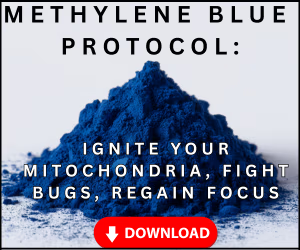Hold onto Your Seat: A Startling Look at Your Brain's Blood Flow
Right before your eyes is an illustration of your very own brain. More specifically, it’s a visual representation of the blood flow within your brain, covering every artery and minuscule capillary.
Some of these capillaries are so tiny that they’re merely the width of a single red blood cell.
Now, picture this: if your blood is thick due to inflammation, the essential blood flow and oxygen delivery to your brain will be compromised. That’s precisely why it’s crucial to be aware of the top three lab tests to determine if you’re experiencing inflammation.
Thick blood means reduced delivery of vital nutrients and oxygen to your brain, which is far from ideal.
There are three Vital Lab Tests for Detecting Inflammation and THICK BLOOD.
First up, CRP (C-reactive protein), an overall indicator of inflammation. Aim for a reading below one.
Second, fibrinogen, which measures fibers in your blood that can cause clotting. Ideally, this should fall between 300 and 400 on lab tests.
So, what are these three vital lab tests?
Lastly, we have homocysteine, an inflammation marker particularly relevant to your brain. A favorable reading for this marker hovers around 5 or 6. By monitoring these three crucial markers, you’ll gain insight into whether thick blood may be the culprit behind your brain fog, fatigue, or potential future brain-related issues.
If you’ve found this information valuable, don’t hesitate to like, comment, and share this with someone you care about.
Frequently Asked Questions (FAQ)
The three vital tests are: 1) CRP (C-reactive protein) - an overall inflammation marker (ideal: below 1), 2) Fibrinogen - measures fibers that can cause clotting (ideal: 300-400), and 3) Homocysteine - a brain-specific inflammation marker (ideal: 5-6).
Thick blood, caused by inflammation, compromises blood flow through the brain's tiny capillaries (some only as wide as a single red blood cell). This reduces the delivery of vital oxygen and nutrients to your brain, leading to symptoms like brain fog, fatigue, and potentially more serious future brain issues.
The optimal ranges are: CRP should be below 1, Fibrinogen should be between 300 and 400, and Homocysteine should be around 5 or 6. Monitoring these markers provides crucial insight into inflammation levels affecting blood thickness.







